Doctor Who‘s popularity has risen and fallen many times over the years. Let’s look back at all the times the good Doctor has taken the universe by storm…
1964: The Daleks
It’s no secret that the Daleks were key to Doctor Who‘s early success, and in fact one could make the argument that the series wouldn’t have survived without them. When Terry Nation‘s mutated creations burst onto our screens in 1964, they triggered a wave of what became known as Dalekmania – akin to Beatlemania, with the whole world having seemingly gone Dalek crazy.
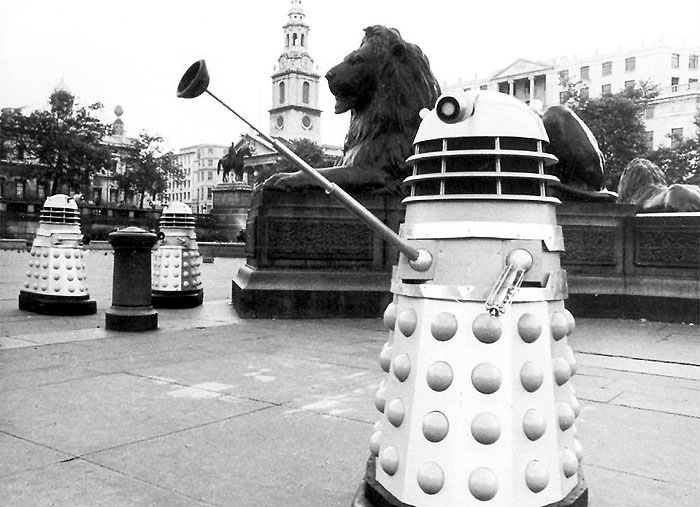
And when the Daleks returned for their sequel story ‘The Dalek Invasion of Earth’ in the autumn of that year, their fame only grew. Indeed, the viewing figures rose to a staggering 12.4 million viewers for that particular story, peaking at 13 million as the season progressed. At this point, Doctor Who wasn’t just a popular TV show, but an integral part of pop culture.
Today, the Daleks are as recognisable as any other popular character from fiction such as Darth Vader or even Paddington Bear. And it all started here, way back in 1964.
1971: The arrival of Barry Letts
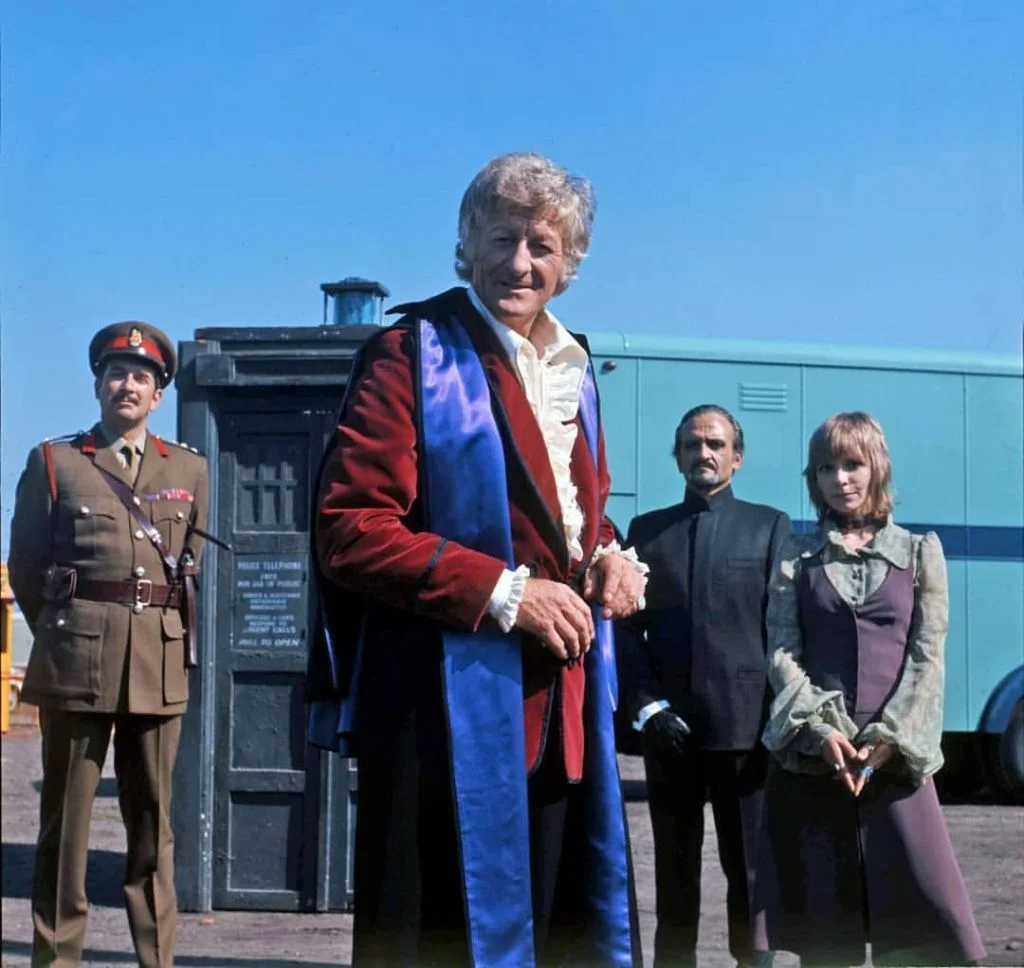
Doctor Who underwent something of a format change in the early 70s. The BBC had taken the decision to exile the Time Lord to Earth and take away his knowledge of the TARDIS, meaning that the series could now be filmed on the streets, bringing down the budget.
And in 1970, as part of this rethinking, the producers re-introduced the military organisation UNIT led by the popular Brigadier Lethbridge-Stewart. This organisation would become the new ‘family’ that would surround the Doctor during his exile, and by 1971 that family expanded to include the new companion Jo Grant played by Katy Manning, and the Master played by Roger Delgado – although, of course, he was UNIT’s foe rather than friend. Then there were the recurring characters of Captain Yates and Sergeant Benton, both of whom were immensely popular with the viewing public.
And whilst the 1970 season had been darker, grittier and more adult, from 1971 – following the arrival of new producer Barry Letts – Doctor Who became more of a fun-filled family show.
Although that’s not to say it was comedic. Indeed, the Barry Letts era contained some of the scariest Doctor Who stories of all time, and often drew complaints. The most famous example is the 1971 story ‘Terror of the Autons‘ which featured a murderous troll doll, and a non-too-flattering representation of the police!
1976: The Hinchcliffe years
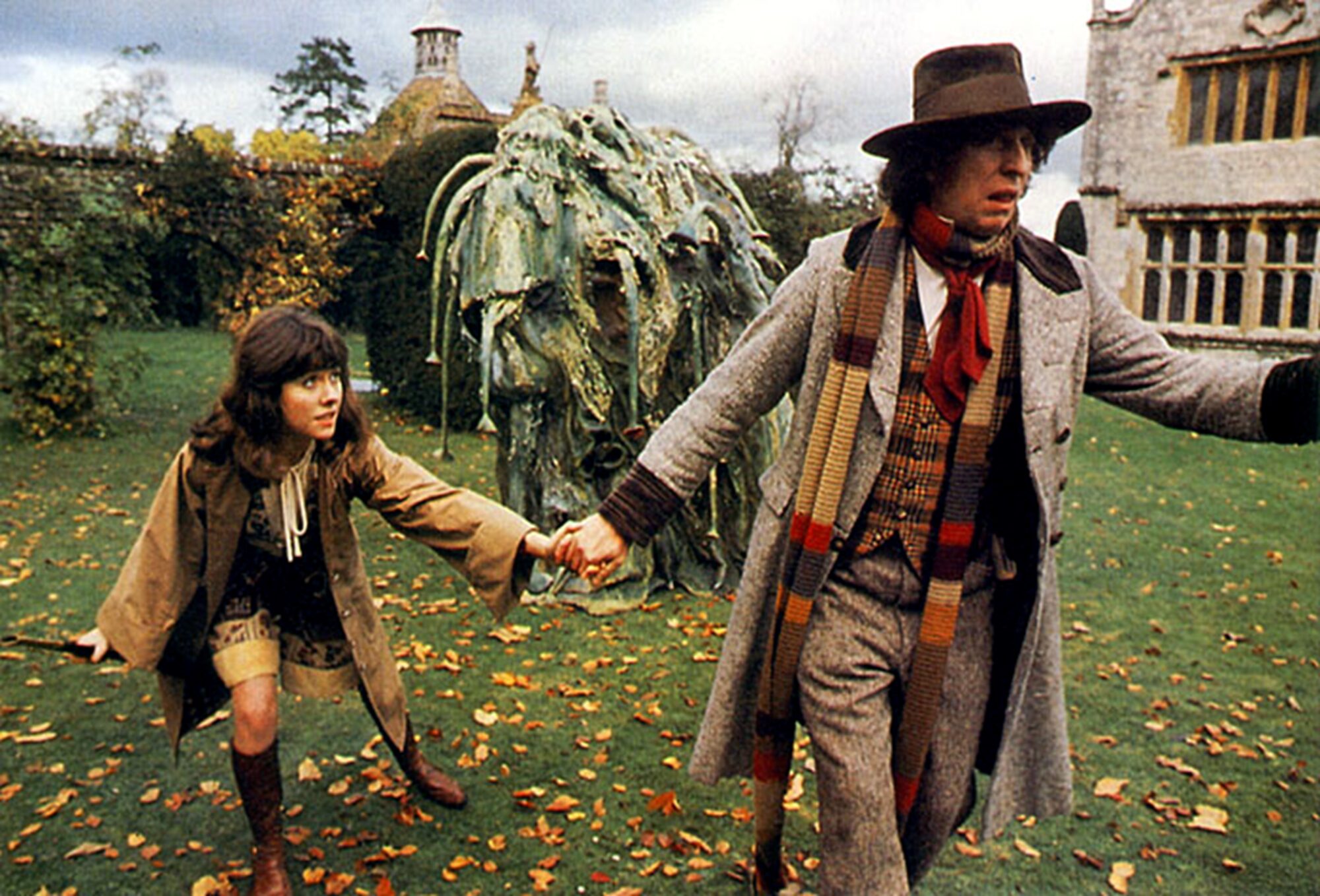
By 1976, the Fourth Doctor Tom Baker had been fully embraced by the British public, and new producer Philip Hinchcliffe – together with his script editor Robert Holmes – had bold plans for the direction of the show.
For many people, the Hinchcliffe years (1975 – 1977) are a golden era in Doctor Who‘s history, and they contain some of the most popular stories of all time: ‘Genesis of the Daleks,’ ‘Terror of the Zygons,’ ‘Pyramids of Mars,’ ‘The Deadly Assassin,’ ‘Robots of Death’ and ‘The Talons of Weng-Chiang,’ to name a few. And as with the stories from the Letts era, these adventures didn’t downplay the horror factor, and proved equally controversial – and increasingly popular. Indeed, the Hinchcliffe era contains some of the highest viewing figures in the show’s history, with figures frequently landing in the 10 – 13 million range.
And we mustn’t forget the actor Elisabeth Sladen, who played the Doctor’s faithful companion Sarah Jane Smith. She proved so popular that she was quickly called upon when the series returned in 2005, and was later awarded her own spin-off series The Sarah Jane Adventures, which ran until her death in 2011.
1982: “The wet vet”
Doctor Who‘s viewing figures dipped towards the end of the Fourth Doctor’s run, and yet when Peter Davison made his debut in 1982, they doubled; the show frequently started registering audiences in their nine and 10 millions.
Davison, of course, was quite well-known from his stint in All Creatures Great and Small, but he was also the youngest Time Lord ever cast, and distinctly different from his predecessors – a fresh-faced, trainer-wearing, cricket-enthused schoolboy whom some critics unfairly referred to as “the wet vet” owing to his apparent vulnerability.
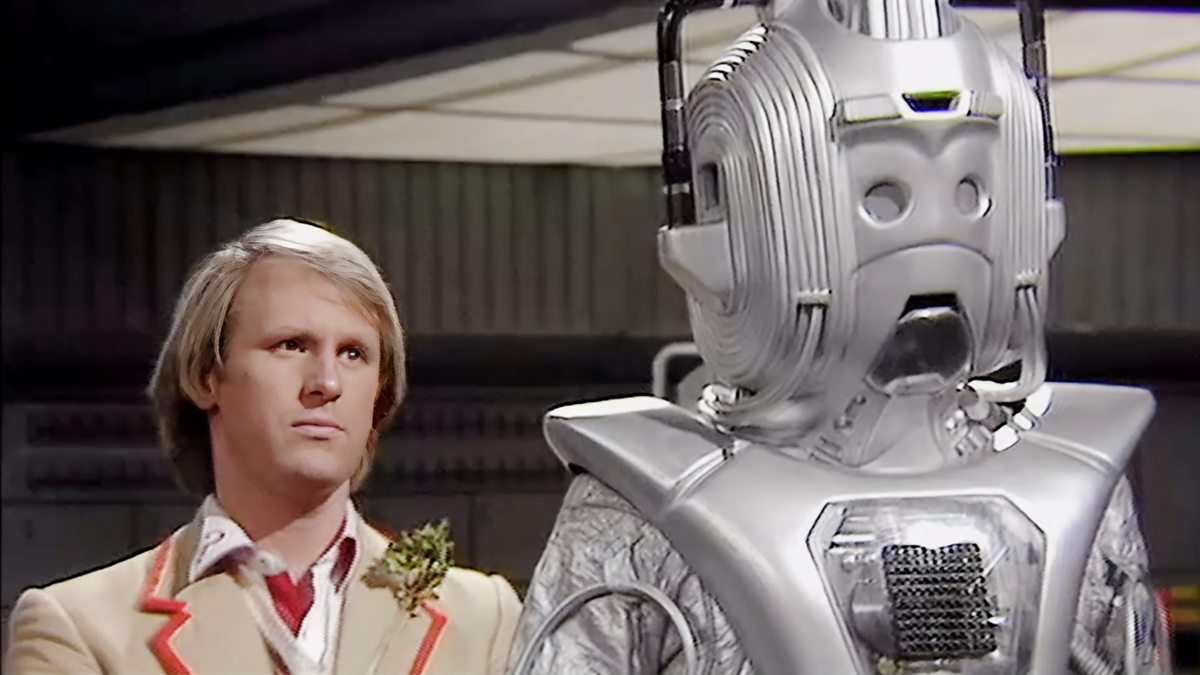
And yet people continued to watch in their droves. It should also be noted that Doctor Who‘s success during this period owes a lot to the producer John Nathan-Turner who cast Davison in the role and had bold plans to “take Doctor Who firmly into the 80s.” He was assisted by his script editor Eric Saward who shared a similarly ambitious view and wasn’t afraid to “release the handbrake on violence” when it came to telling action-packed stories, for better or for worse.
And by the time the show celebrated its 20th anniversary a year later, it really was on top of the world. This was a level of popularity that hadn’t been seen since the 1970s. Nothing, it seemed, good sink the good ship TARDIS.
2005: The Return

The unthinkable happened in 2005 when Doctor Who burst back onto our screens under the leadership of Russell T Davies. And despite some unfavourable early reviews of the leaked first episode, when it ultimately aired it went down a storm. In fact, it was so popular that the BBC immediately commissioned two further seasons and a Christmas special, based on the viewing figures of the first episode alone.
From here, Doctor Who‘s popularity sky-rocketed, despite Christopher Eccleston leaving after one season. When David Tennant took over the TARDIS, the viewing figures grew higher still, peaking at 13.1 million – a record that has yet to be beaten for the revived series, although some episodes have come close.
And although David Tennant left the role in 2010, he left at the peak of his popularity, with some 11.79 people tuning in to watch his regeneration into the Eleventh Doctor Matt Smith. And whilst it’s fair to say that Smith had his work cut out for him in trying to fill the boots of one of the most popular Time Lords of all time, it’s no exaggeration to say that the series’ profile got a boost when he arrived. Steven Moffat was now in the producer’s chair, and he’d penned some of the revived series’ most beloved episodes including ‘The Girl in the Fireplace’ and ‘Blink.’
In addition, Moffat and his team succeeded where others had struggled and made Doctor Who popular with American viewers. To this day, there is many a fan across the Pond who will cite Matt Smith as their very first Doctor, and in their eyes ‘The Eleventh Hour‘ is where the series really started.
So which is your favourite Doctor Who era? And can you think of any other occasions where the good Doctor has taken the universe by storm? Let us know in the comments below.









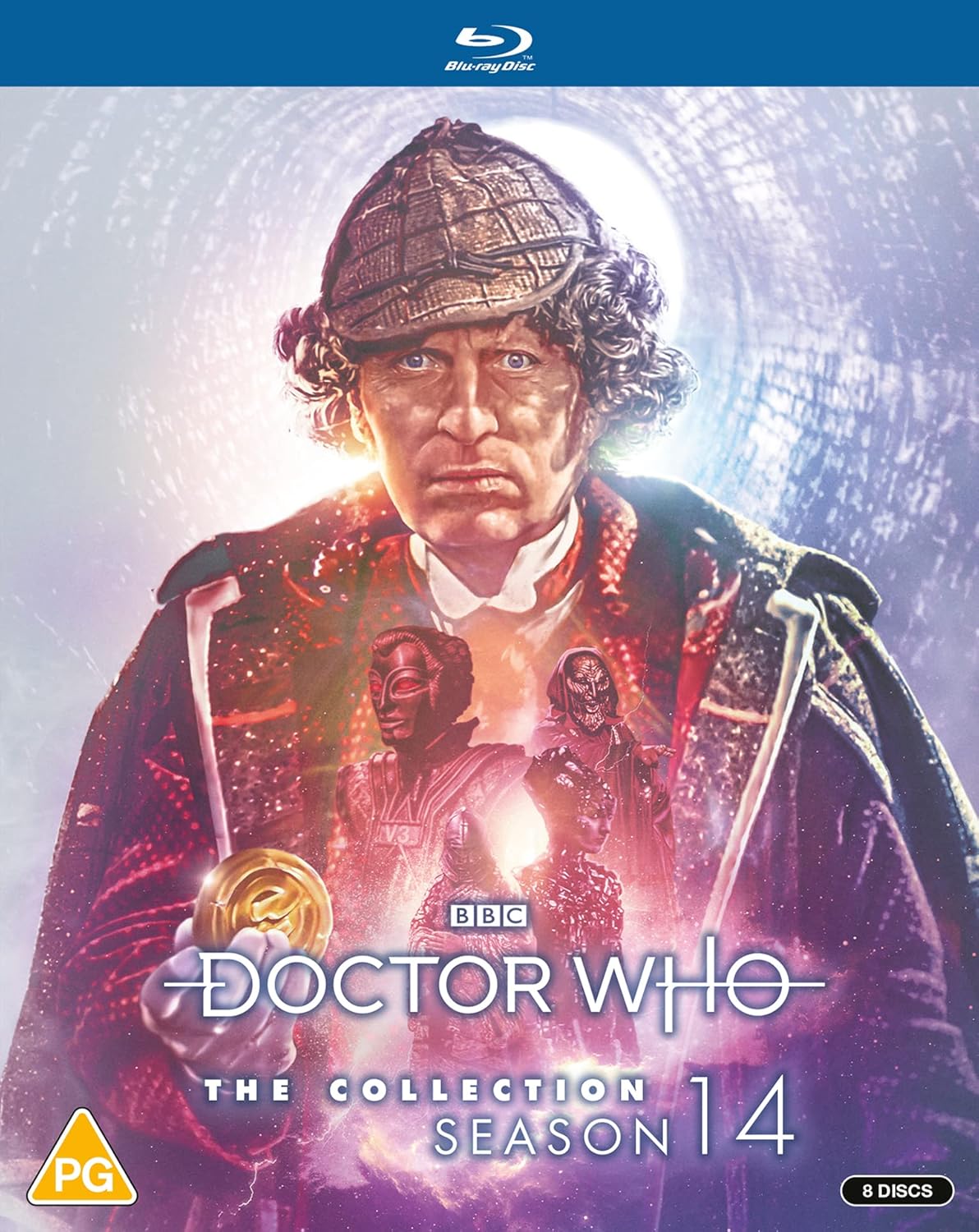
Leave a Reply